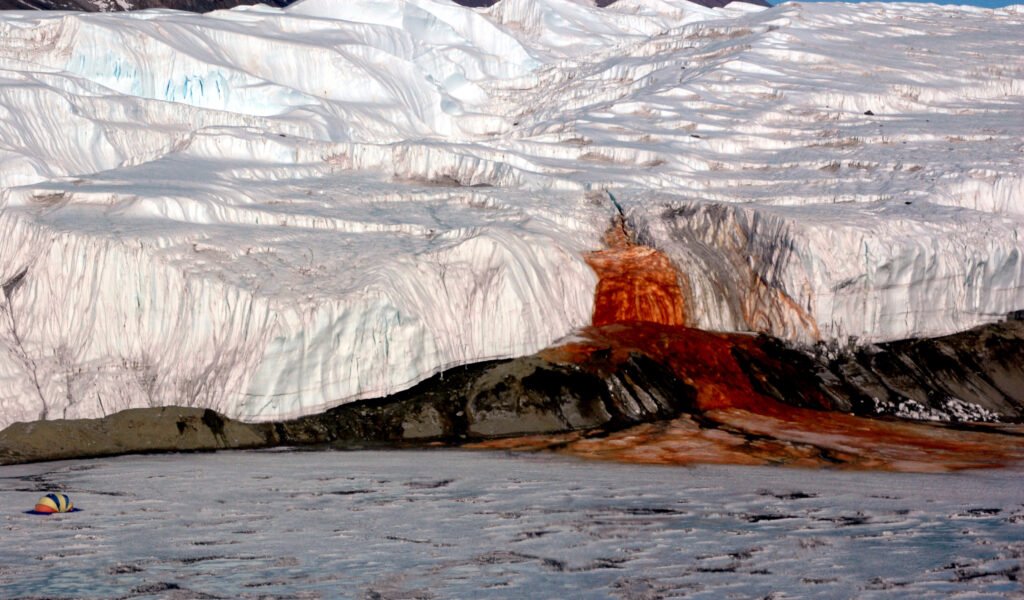Nature has always been full of surprises, throwing curveballs that make us scratch our heads and wonder if we’re living in some kind of science fiction movie. You’ve probably seen those viral videos of fish falling from the sky or heard tales of mysterious lights dancing across the horizon. For centuries, people explained these bizarre events with folklore, superstitions, and wild theories. But here’s the thing – science has caught up with nature’s magic tricks, and the explanations are often more fascinating than the myths themselves.
The Mysterious Case of Raining Animals

Picture this: you’re walking down the street when suddenly, hundreds of fish start falling from the sky like some twisted fairy tale. This isn’t just urban legend material – it actually happens, and there’s a perfectly logical explanation. Waterspouts and tornadoes can suck up water from lakes, rivers, or oceans, along with whatever’s swimming around in there. These powerful wind systems carry the aquatic hitchhikers high into the atmosphere before eventually dropping them miles away from their original home. The phenomenon is so well-documented that there are historical records dating back to ancient times, with reports of frogs, fish, and even small crabs literally raining down on unsuspecting communities. What makes it even more incredible is that some of these animals actually survive the journey, landing very much alive and probably very confused about their unexpected flight.
Blood Falls: When Nature Gets Dramatic

Deep in Antarctica, there’s a glacier that looks like it’s bleeding – and I mean really bleeding, with crimson red water flowing down pristine white ice. Blood Falls in Taylor Glacier was discovered over a century ago, and it freaked out early explorers who couldn’t make sense of this gory spectacle. The truth is both simpler and more complex than any horror movie plot. Beneath the glacier lies a massive saltwater lake that’s been trapped for millions of years, completely cut off from sunlight and oxygen. This ancient water is loaded with iron, and when it finally finds a way to seep through cracks in the glacier, the iron oxidizes upon contact with air – basically, it rusts instantly. The result is this stunning blood-red waterfall that flows intermittently, creating one of nature’s most dramatic and photogenic mysteries.
The Sailing Stones of Death Valley
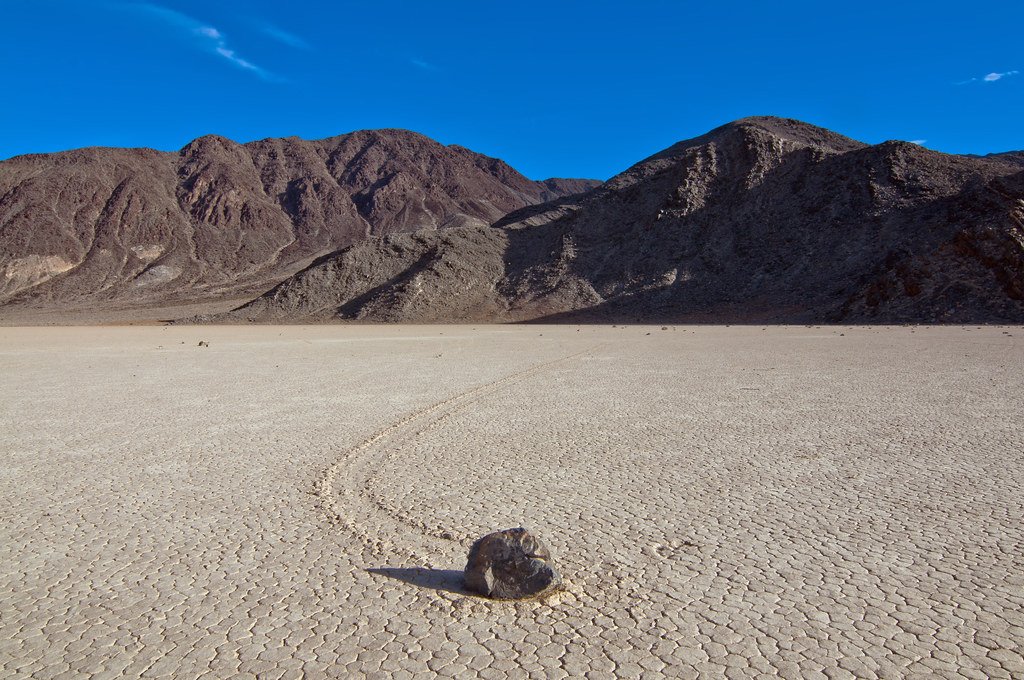
Imagine rocks the size of refrigerators just casually sliding across the desert floor, leaving perfectly straight trails behind them like they’re out for a Sunday stroll. For decades, Death Valley’s sailing stones baffled scientists and visitors alike, spawning theories about everything from underground magnets to alien interference. The rocks would sit motionless for years, then suddenly move hundreds of feet overnight, creating those mysterious trails that looked like giant snails had been dragging themselves across the playa. It wasn’t until 2014 that researchers finally cracked this geological mystery using GPS trackers and time-lapse photography. The secret ingredient? A rare combination of rain, freezing temperatures, and morning sun that creates thin sheets of ice. When the ice breaks up and gets pushed by light winds, it acts like a conveyor belt, gently shoving these massive boulders across the slippery mud surface.
Morning Glory Clouds: Nature’s Roll Call
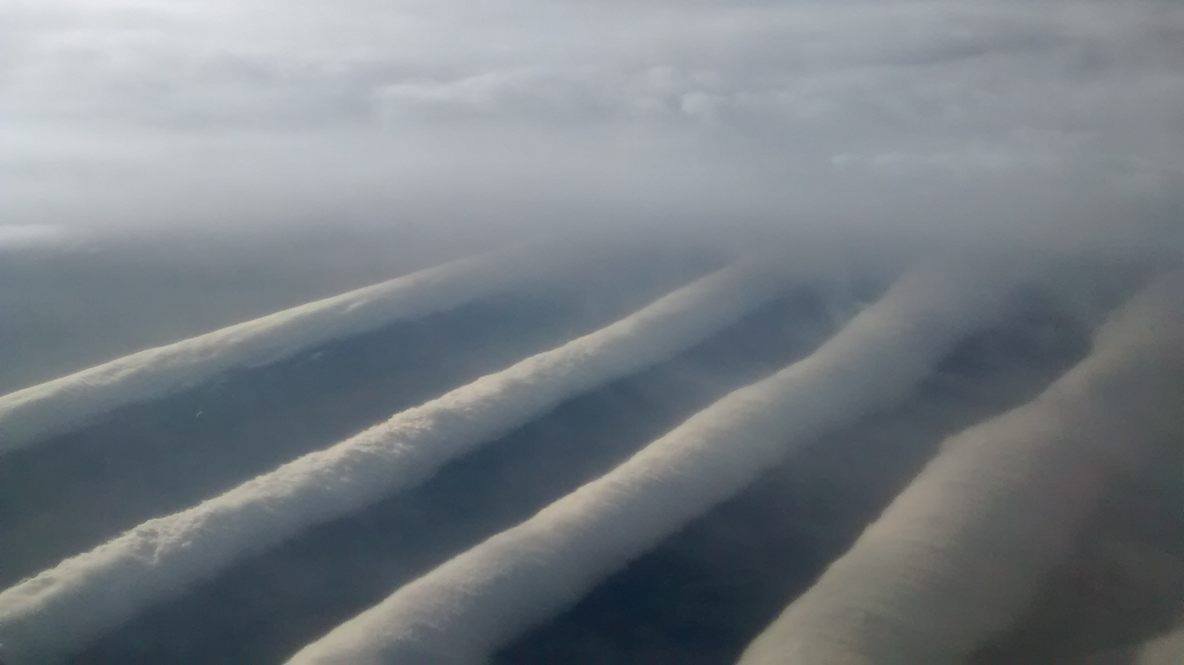
In the remote town of Burketown, Australia, something extraordinary happens almost every morning during certain months – massive tube-shaped clouds roll across the sky like nature’s own version of a giant cigarette. These Morning Glory clouds can stretch for hundreds of miles and move at speeds up to 35 miles per hour, creating a spectacle that draws glider pilots from around the world. What makes these clouds so special isn’t just their impressive size, but their incredible regularity and unique formation process. The phenomenon occurs when sea breezes from both sides of the Gulf of Carpentaria meet inland, creating a wave-like disturbance in the atmosphere. Cool, moist air gets lifted and then crashes back down, forming these distinctive rolling tubes of cloud that can persist for hours. It’s like watching the sky do the wave, but on a scale that would make any stadium jealous.
The Humming Earth: When Our Planet Finds Its Voice

The Earth literally hums, producing a continuous low-frequency sound that’s too quiet for human ears to detect without special equipment. This planetary lullaby was first discovered in 1998, and it had scientists completely stumped for years. The hum occurs at a frequency of about 2.9 to 4.5 millihertz, which is thousands of times lower than what we can hear, but sensitive seismometers can pick it up anywhere on the planet. Initially, researchers thought it might be caused by ocean waves, atmospheric pressure changes, or even human activity, but the mystery deepened when they realized the humming continues even during the calmest weather. The current leading theory involves ocean waves creating pressure variations on the sea floor, which then generate acoustic waves that travel through the solid Earth. It’s essentially our planet’s heartbeat, a constant reminder that we’re living on a dynamic, ever-vibrating world that’s far from the silent rock we might imagine it to be.
Ball Lightning: Nature’s Fireworks Gone Rogue

During thunderstorms, some lucky (or unlucky) observers witness something that sounds straight out of a comic book – glowing spheres of light that float through the air, sometimes passing through walls like ghosts made of electricity. Ball lightning has been reported for centuries, with descriptions ranging from tennis ball-sized orbs to massive glowing spheres the size of beach balls. These mysterious lights can last anywhere from a few seconds to several minutes, moving in seemingly impossible ways and sometimes exploding with a loud pop. For the longest time, scientists couldn’t even agree on whether ball lightning was real or just optical illusions caused by regular lightning strikes. Recent research suggests it might be caused by vaporized silicon particles from soil that get struck by lightning, creating a self-sustaining plasma ball that feeds on oxygen from the air. Some researchers have even managed to create similar phenomena in laboratories, proving that sometimes the most unbelievable natural events have surprisingly simple explanations hiding behind their flashy exterior.
Green Flash: The Sun’s Final Magic Trick

Just as the sun dips below the horizon during a perfect sunset, something magical can happen – a brilliant green flash appears for just a second or two, like nature’s own version of a camera flash. This phenomenon is so brief and rare that many people dismiss it as an optical illusion or wishful thinking. The green flash occurs due to atmospheric refraction, where the Earth’s atmosphere acts like a giant prism, separating sunlight into its component colors. During sunset, the atmosphere bends different colors of light by different amounts, with red light bending the least and blue-green light bending the most. As the sun disappears, the red and yellow light vanishes first, leaving behind a momentary glimpse of the green spectrum before it too gets absorbed by atmospheric particles. Clear skies, minimal air pollution, and an unobstructed horizon are essential for witnessing this natural light show, which explains why sailors and people in coastal areas are more likely to experience this fleeting moment of magic.
Spontaneous Forest Fires: When Trees Become Their Own Arsonists
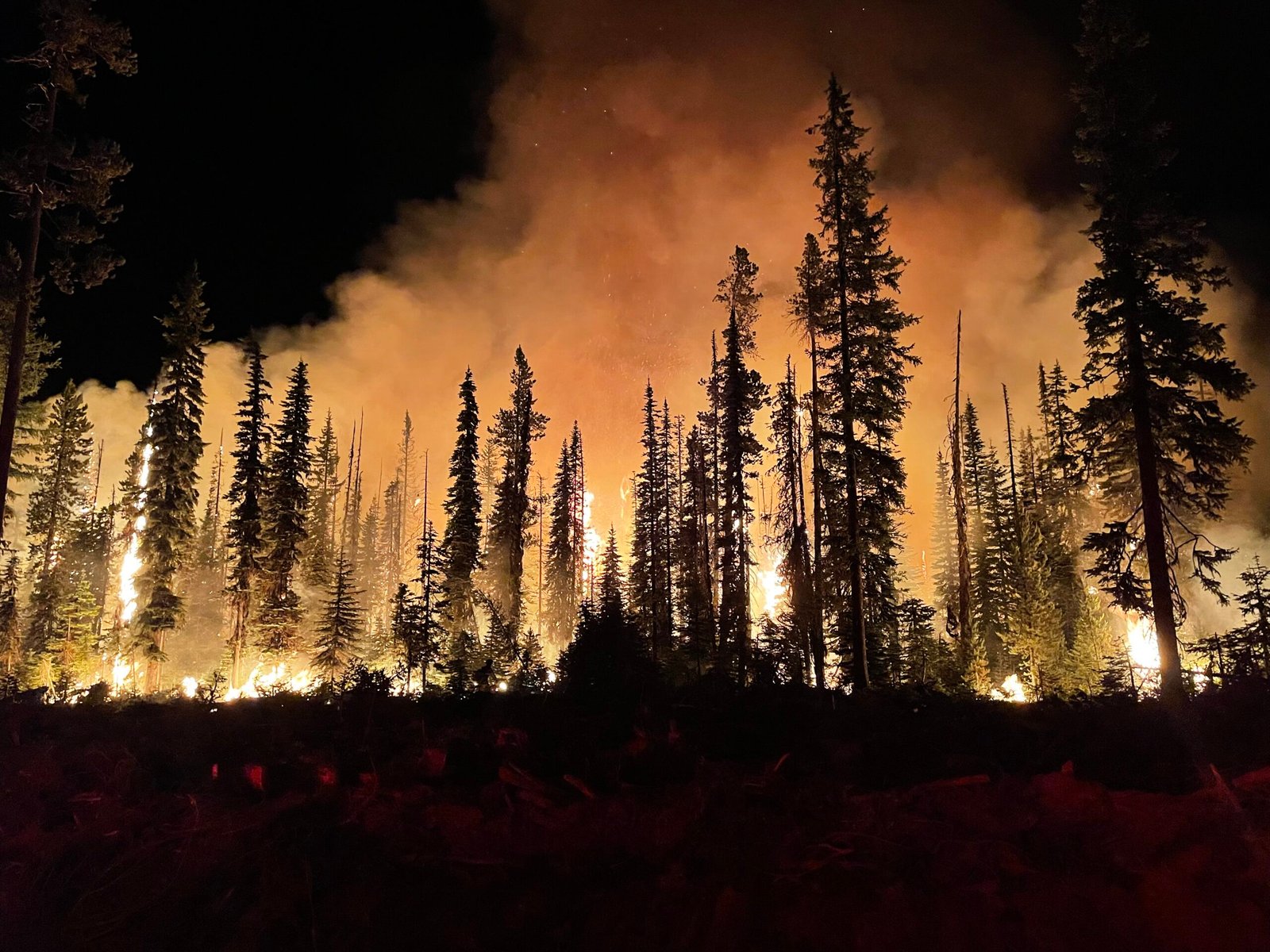
Sometimes forests just decide to burst into flames without any obvious spark, lightning strike, or human interference – and no, it’s not because the trees got tired of being green. Spontaneous combustion in forests is a real phenomenon that occurs when organic matter like fallen leaves, pine needles, and decaying wood builds up and creates the perfect conditions for self-ignition. The process starts with bacterial decomposition, which generates heat as microorganisms break down organic materials. When this biological activity is combined with low moisture levels and poor air circulation, temperatures can gradually rise to the point where the material reaches its ignition temperature. Coal seams underground can also contribute to spontaneous forest fires, as they can smolder for years and eventually heat the surface enough to ignite vegetation above. What’s particularly fascinating is that some ecosystems actually depend on these natural fires for regeneration, with certain tree species having evolved seed pods that only open when exposed to intense heat, ensuring their species survives and thrives in the post-fire landscape.
Frost Flowers: Winter’s Delicate Masterpieces
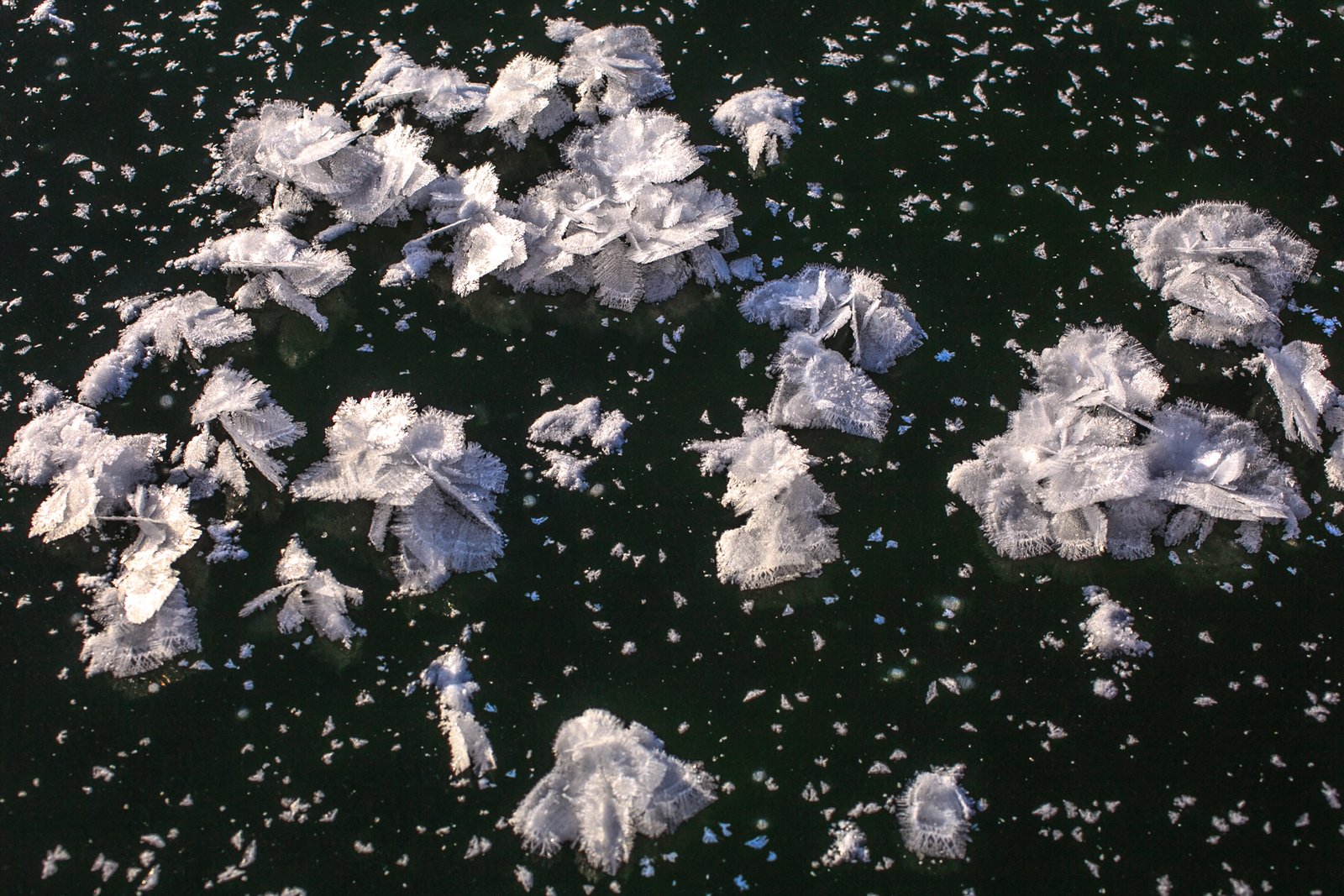
On certain cold mornings, you might stumble upon what looks like someone scattered delicate white flowers across the ground – except these blooms are made entirely of ice and seem to have sprouted overnight from nowhere. Frost flowers are intricate ice formations that grow from plant stems when the temperature drops below freezing but the soil remains relatively warm. The process begins when plant sap continues to flow upward through the stem even as the outside temperature plummets. When this sap reaches the freezing air, it instantly crystallizes and expands, creating pressure that splits the plant stem. More sap flows through these cracks and immediately freezes upon contact with air, building up layer by layer to create these elaborate, ribbon-like ice sculptures. Each frost flower is unique, shaped by factors like wind speed, humidity, and the specific plant species involved. These frozen masterpieces typically last only until the sun hits them or temperatures rise, making them one of nature’s most ephemeral art forms that few people ever get to witness.
Nature continues to surprise us with phenomena that seem impossible until science reveals their secrets. These nine examples remind us that our world operates on principles far more complex and beautiful than we often realize. From stones that sail across deserts to clouds that roll like wheels across the sky, reality often surpasses fiction in its creativity and wonder.
What fascinates me most is how these explanations don’t diminish the magic – they actually make it more incredible. Knowing that our planet hums a constant song or that ancient trapped water can create bleeding glaciers doesn’t make these phenomena less awe-inspiring. If anything, understanding the intricate processes behind these natural mysteries makes us appreciate just how remarkable our world truly is.
The next time you witness something in nature that seems too strange to be real, remember that there’s probably a fascinating scientific story waiting to be uncovered. After all, we’ve only scratched the surface of Earth’s countless mysteries – who knows what other mind-bending phenomena are still out there, waiting for curious minds to figure them out?

